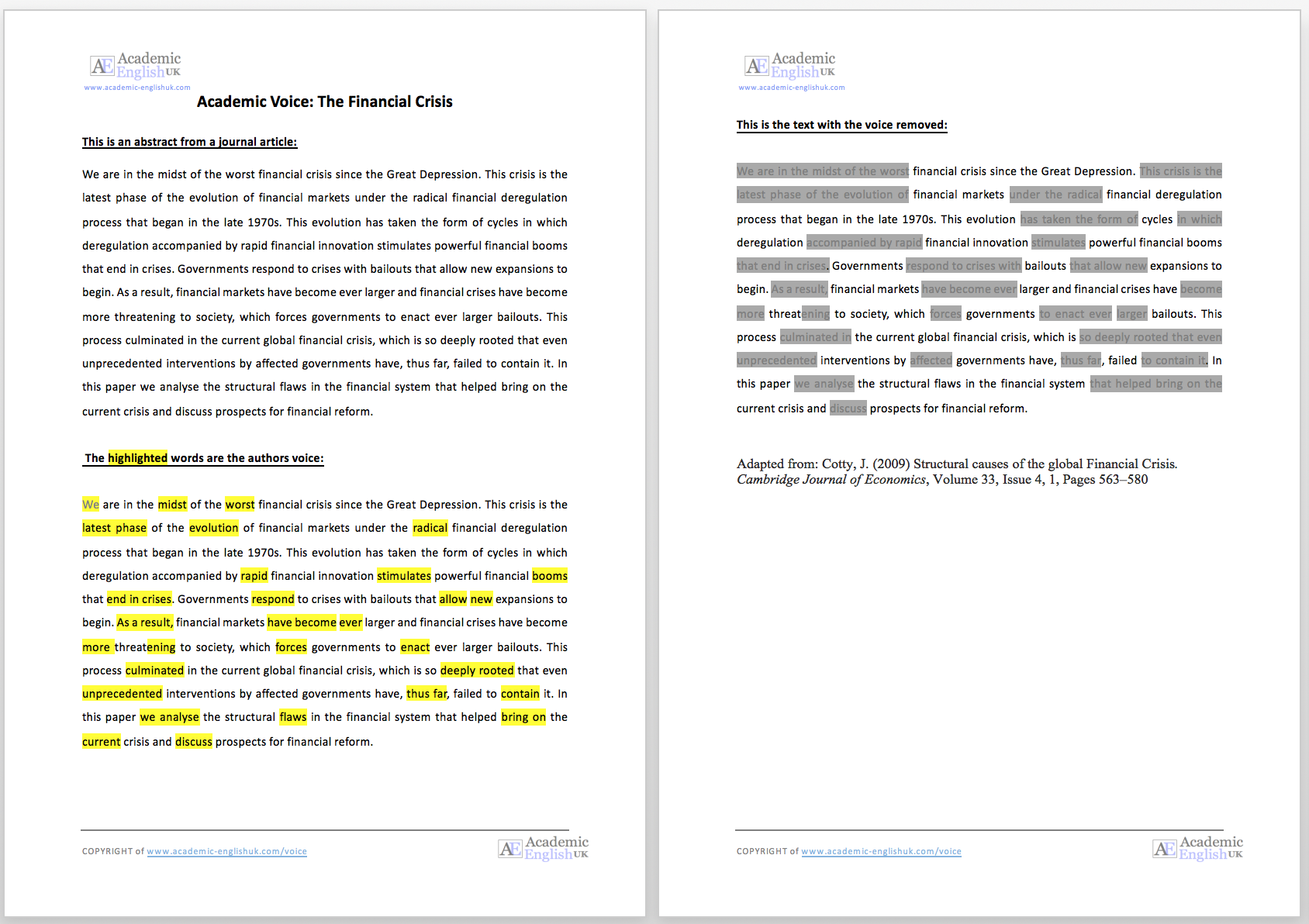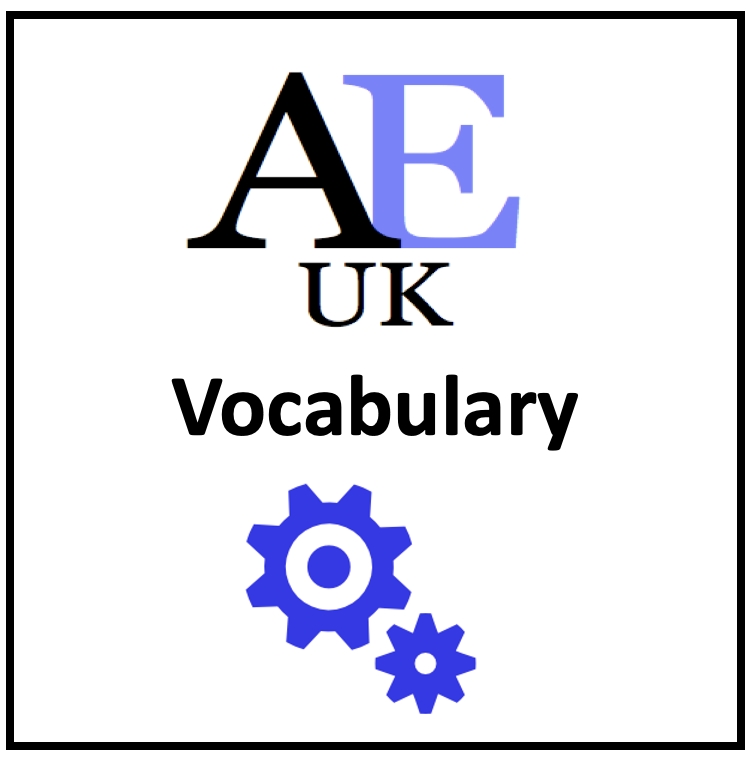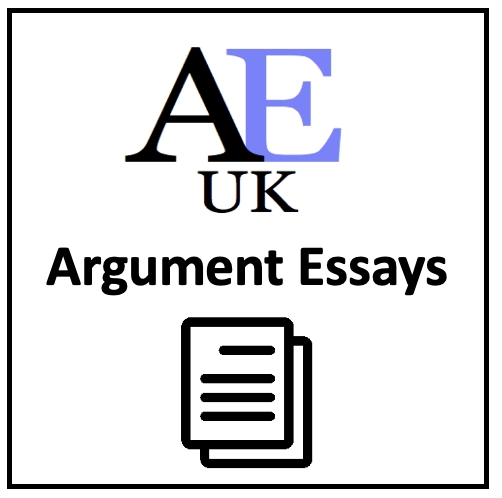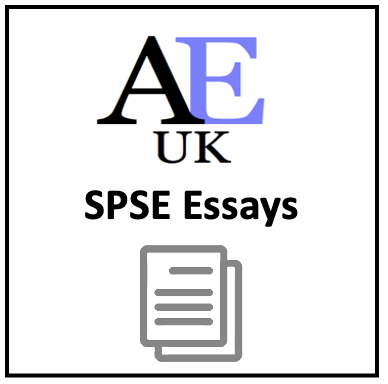WRITING / Voice
Academic Voice – in writing
Writer’s voice is the way your personality comes through on the page, via everything from word choice and sentence structure to tone and punctuation. There are many ways to achieve this through your choice of adjectives to reporting verbs.

Academic voice in writing is…
the ultimate goal of an academic writer and is hard to achieve. Hence, it only features in the exceptional and very good bands of academic grades (65+ % range). Having a clear writer’s voice involves:
- Taking a subtle difference or showing shades of meaning (nuanced stance),
- Selecting and reporting evidence (data or sources) critically,
- Interpreting evidence to support your stance
- Choosing a persuasive structure for your argument,
- Integrating the evidence into your argument, with the appropriate signals,
- Using your own words.
How to create voice
Language plays a significant part:
Adjectives: significant / potential / important / instrumental /
Verbs: may / can / could / seems to / tends to / claims / to justify / argues
Adverbs: very / systematically / considerably / precisely /
Evaluation phrases: fails to acknowledge / provides substantial evidence / an important flaw
An Example of Academic Stance in a Journal article.
Sometimes students wonder what is academic stance and find it difficult to identify how it is used. This document provides a clear example of how a writer adds their own voice through language.
Academic Voice: worksheet
Sometimes students wonder what is academic stance / voice and find it difficult to identify how it is used. This document provides a clear example of how a writer adds their own voice through language. TEACHER MEMBERSHIP / INSTITUTIONAL MEMBERSHIP
A journal article:
We are in the midst of the worst financial crisis since the Great Depression. This crisis is the latest phase of the evolution of financial markets under the radical financial deregulation process that began in the late 1970s. This evolution has taken the form of cycles in which deregulation accompanied by rapid financial innovation stimulates powerful financial booms that end in crises. Governments respond to crises with bailouts that allow new expansions to begin. As a result, financial markets have become ever larger and financial crises have become more threatening to society, which forces governments to enact ever larger bailouts. This process culminated in the current global financial crisis, which is so deeply rooted that even unprecedented interventions by affected governments have, thus far, failed to contain it. In this paper we analyse the structural flaws in the financial system that helped bring on the current crisis and discuss prospects for financial reform.
Adapted from: Cotty, J. (2009) Structural causes of the global Financial Crisis. Cambridge Journal of Economics, Volume 33, Issue 4, 1, Pages 563–580
More Writing Resources
More digital resources and lessons
Readings
online resources
Tests
online resources
Grammar
online resources
Medical English
online resources
New for 2024
online resources
DropBox Files
Members only
Writing
online resources
Summary
online resources
Vocabulary
online resources
Instant Lessons
online resources
Marking Criteria
online resources
OneDrive Files
Members only
Listening
online resources
Argument
online resources
Critical Thinking
online resources
Topic-lessons
online resources
Feedback Forms
online resources
6-Week Course
Members only
Speaking
online resources
SPSE Essays
online resources
Free Resources
online resources
Charts and graphs
online resources
AEUK The Blog
online resources
12-Week Course
Members only




























